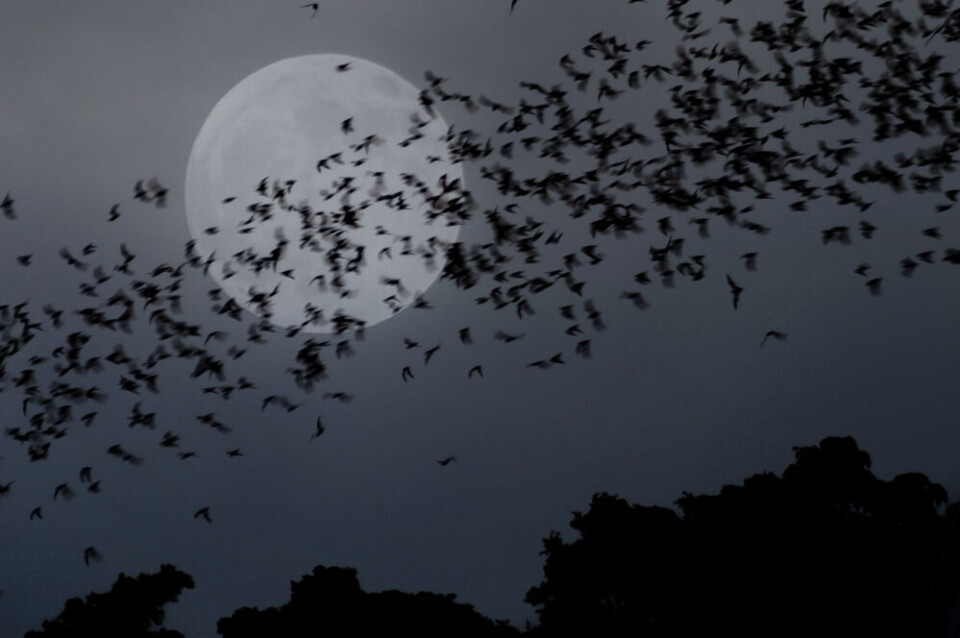-
The origins and meaning of tirer les marrons du feu
As Christmas approaches, we look at a phrase to describe someone who takes advantage of a situation
-
Confrontations with wild boar increase in France despite more hunts
Boar numbers are rising and the ‘unpredictable’ animals can cause serious injury
-
Mairie issues alert over snake on loose in Vendée
The five-metre long snake was reported to have been run over by a car last week but is yet to be found
Discover local bats this weekend as part of France’s annual Bat Night
Events such as bat walks and bat box building workshops are planned across the country in honour of International Bat Night, which celebrates its 25th anniversary this year

International Bat Night falls on the weekend of August 28-29 this year, with special events taking place around France to teach you more about the animals and show you how to protect them.
The initiative will be celebrating its 25th anniversary in 2021 and over 250 events have been planned in its honour.
They include bat walks, workshops for children, bat box (un gîte à chauve-souris) building, night-time picnics and film screenings.
This interactive map shows where you can find events. Most are organised to coincide with International Bat Night, but some have been extended into September.
Bat of the Year
The barbastelle has been chosen as bat species of the year by Batlife Europe. Characterised by their 'pug' noses, these medium-sized bats also have broad ears covered in gingery-brown fur.
There are 35 species of bat to be found in France, all of which are protected by French environmental law.
Baby bats are usually born in July and early August. Females tend to produce a single baby and young bats can fly at around 3 weeks old.
Bats tend to be found in caves, tunnels, cellars and trees in mainland Europe and live on a diet of small moths, flies and beetles.
Among the main threats facing bats in Europe are habitat loss, the destruction of roost sites and the impact of changing agricultural practices on their insect prey.
While Europe’s bats help control pests, we also rely on bats to help pollinate the flowers from which we get fruit such as guavas and agave (used to make tequila).
Did you know?
- Bats are the only true flying mammals in the world.
- They can live for up to 30 years.
- Bats generally emerge around 20 minutes after sunset.
- They use their ears to "see" in the dark (using echolocation).
- A tiny pipistrelle can consume up to 3,000 insects in one night.
- Bats are more closely related to humans than they are to mice. In fact, their French name (chauves-souris) comes from the Gaulish kawa sorix, meaning "owl mouse". However, the word kawa was mistakenly transcribed as calva meaning "bald".
- There are more than 1,200 species of bat, including six species that do not hang upside down and three species of blood-drinking vampire bats
- Bat droppings – or guano – are high in potassium nitrate (saltpetre) and often used as fertiliser. However, the saltpetre can also be extracted for use in explosives and bat guano was harvested to manufacture gunpowder during the American Civil War.
Related articles
Do not disturb hibernating bats expert in France advises
French animal lovers crowd fund purchase of bat cave
























